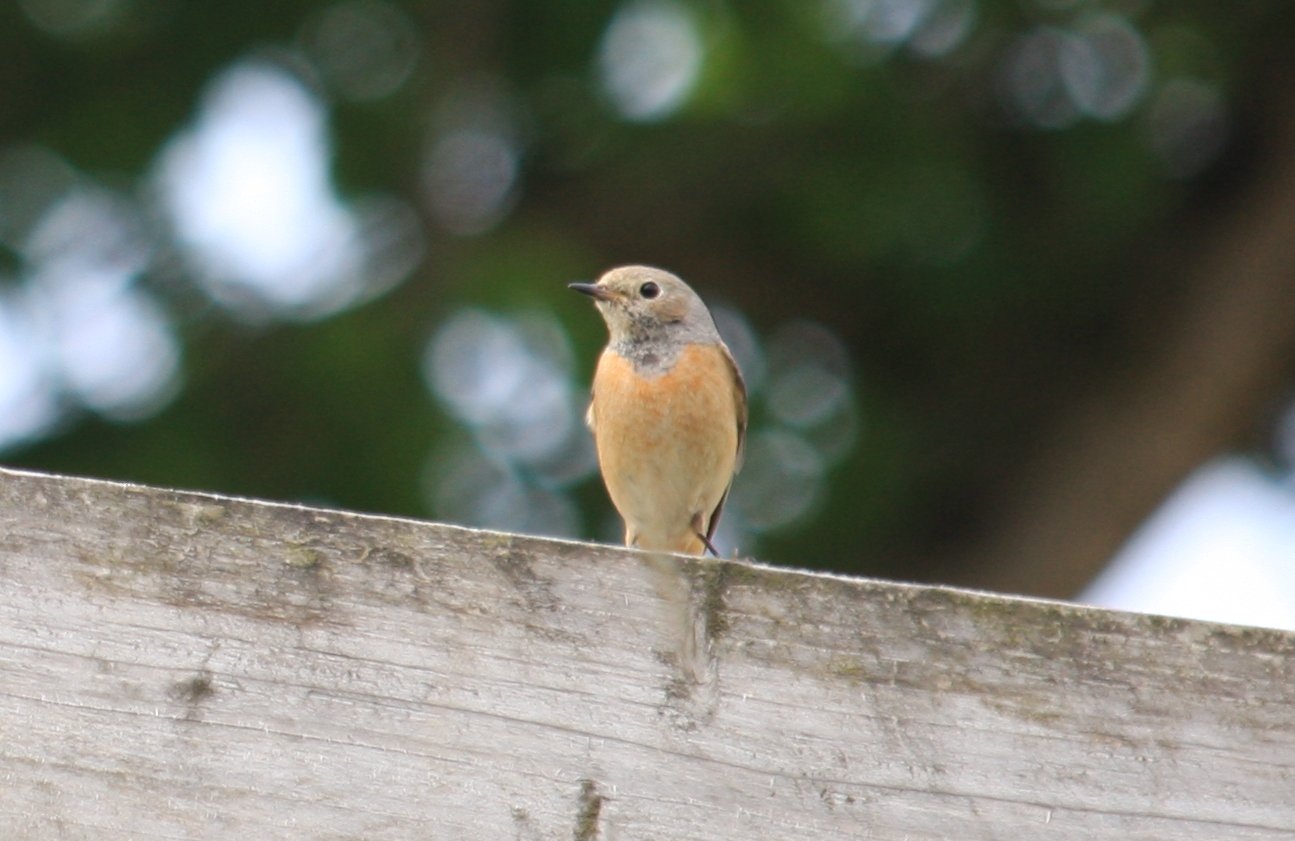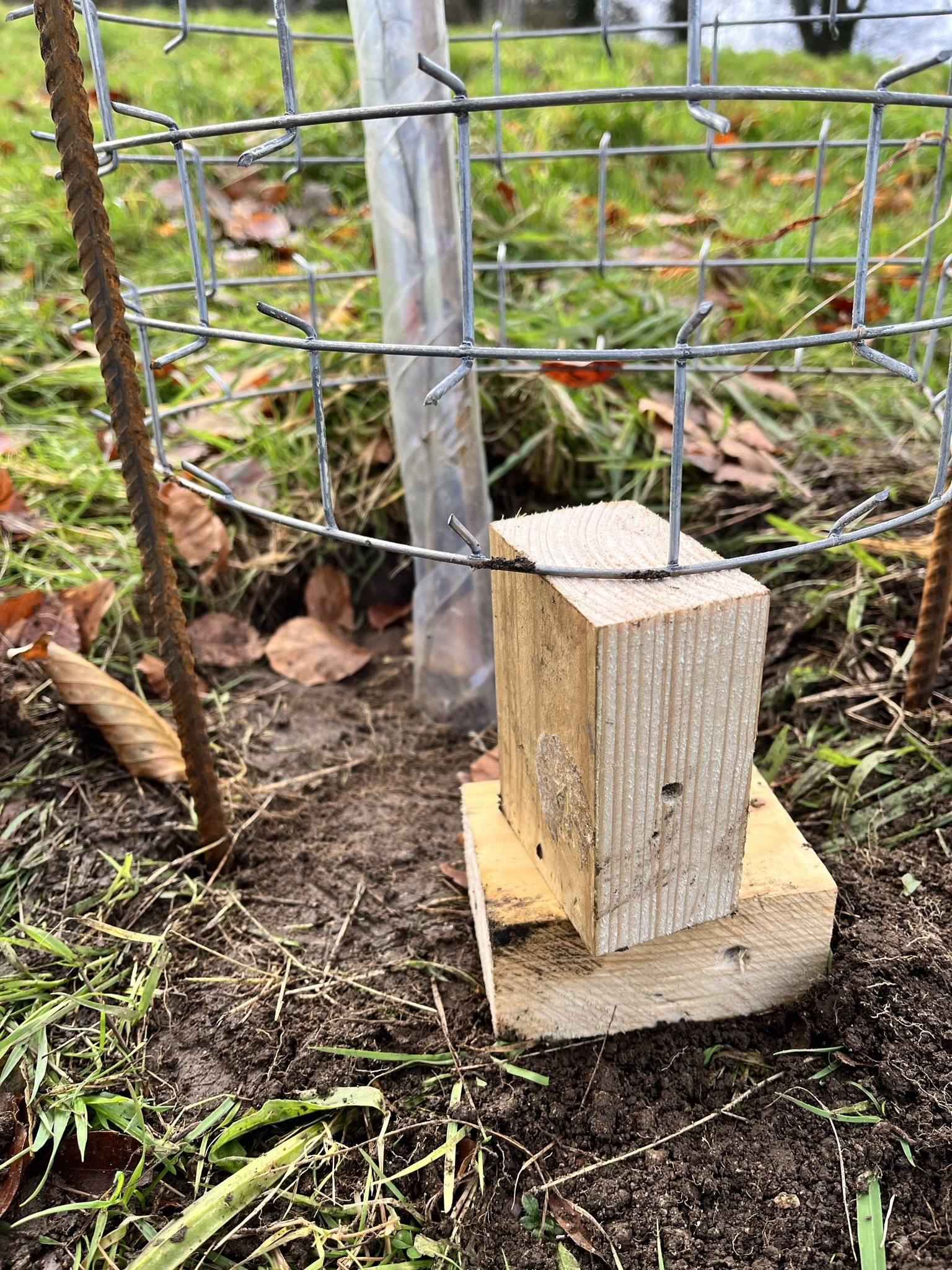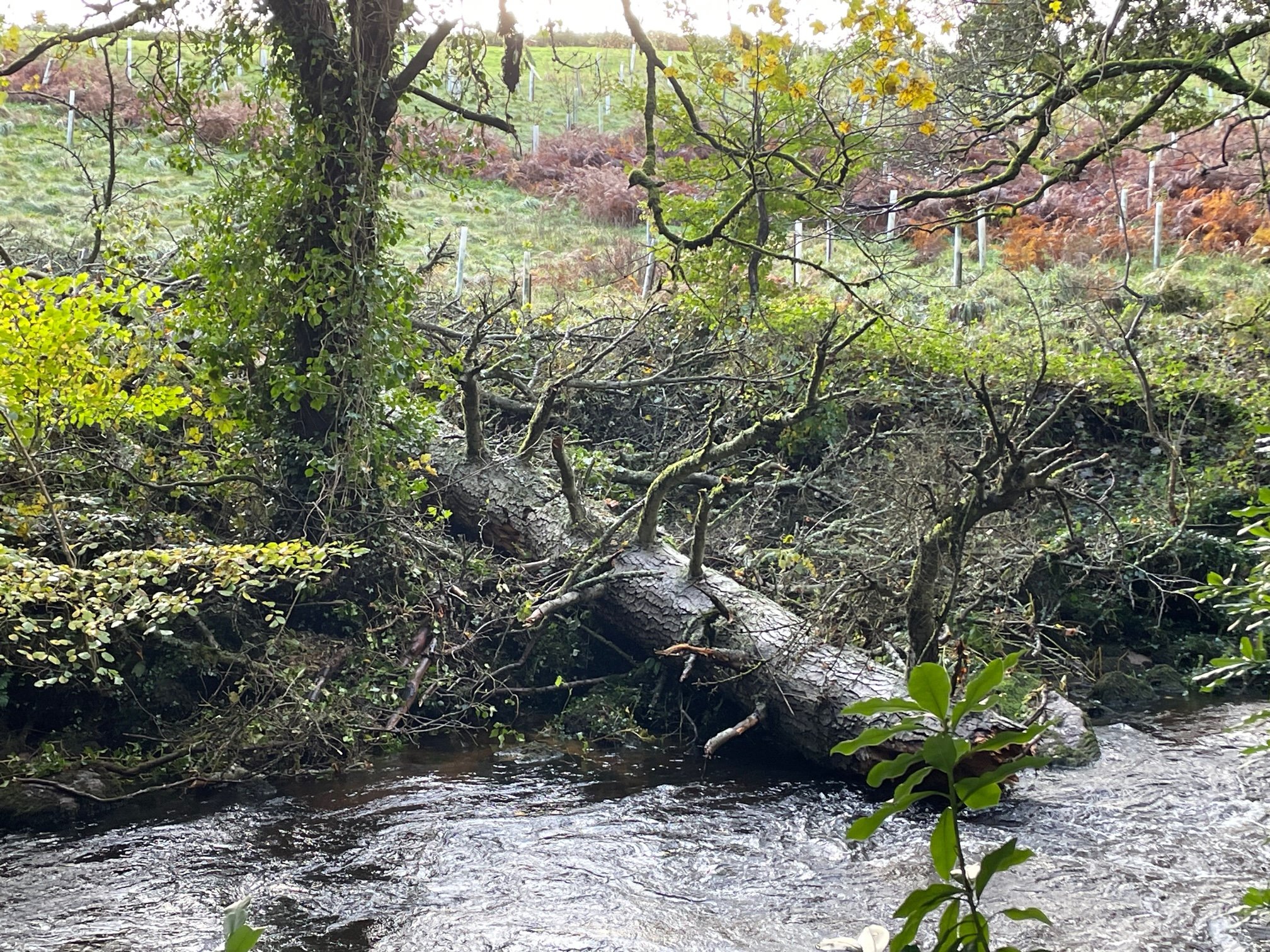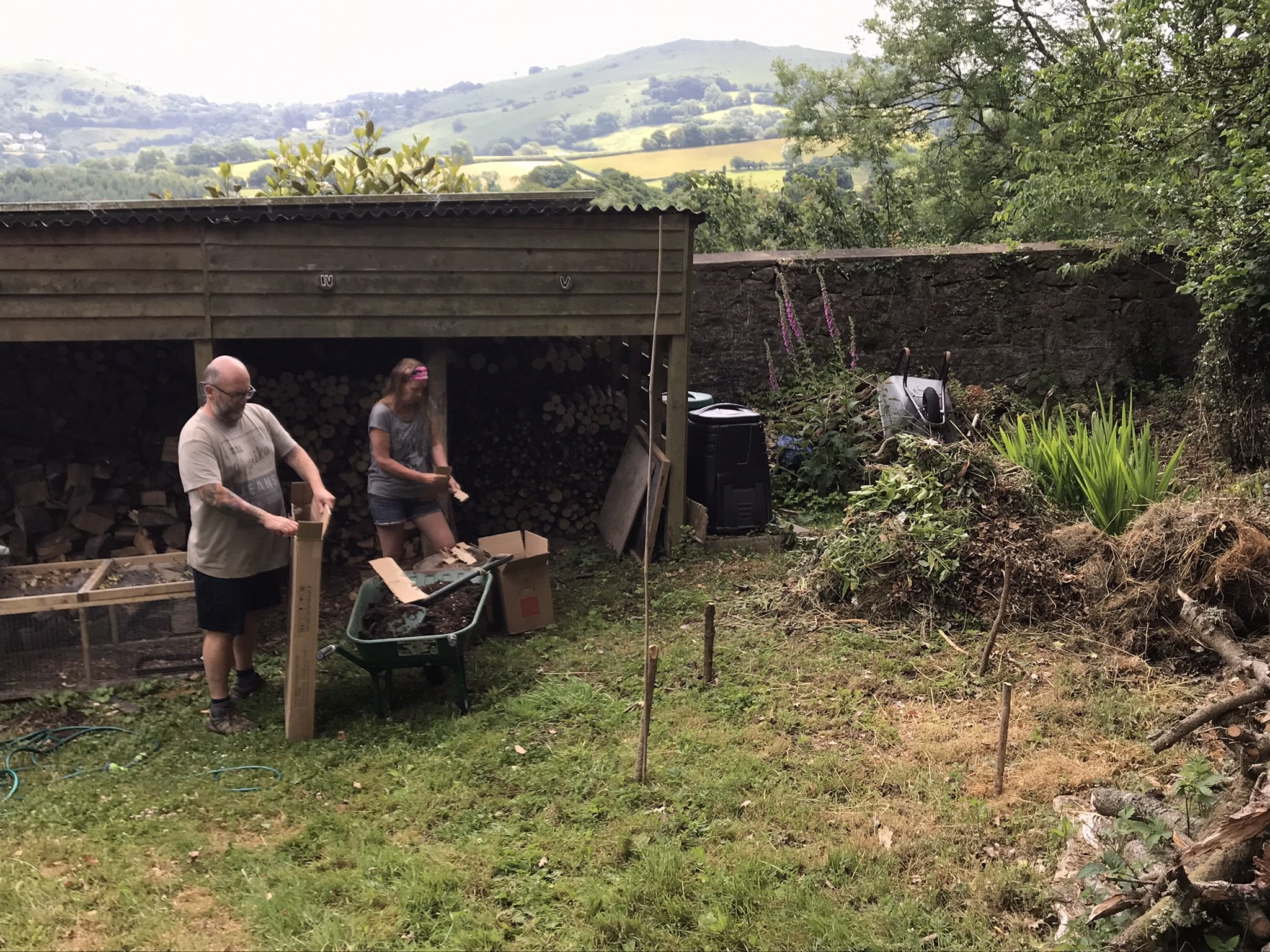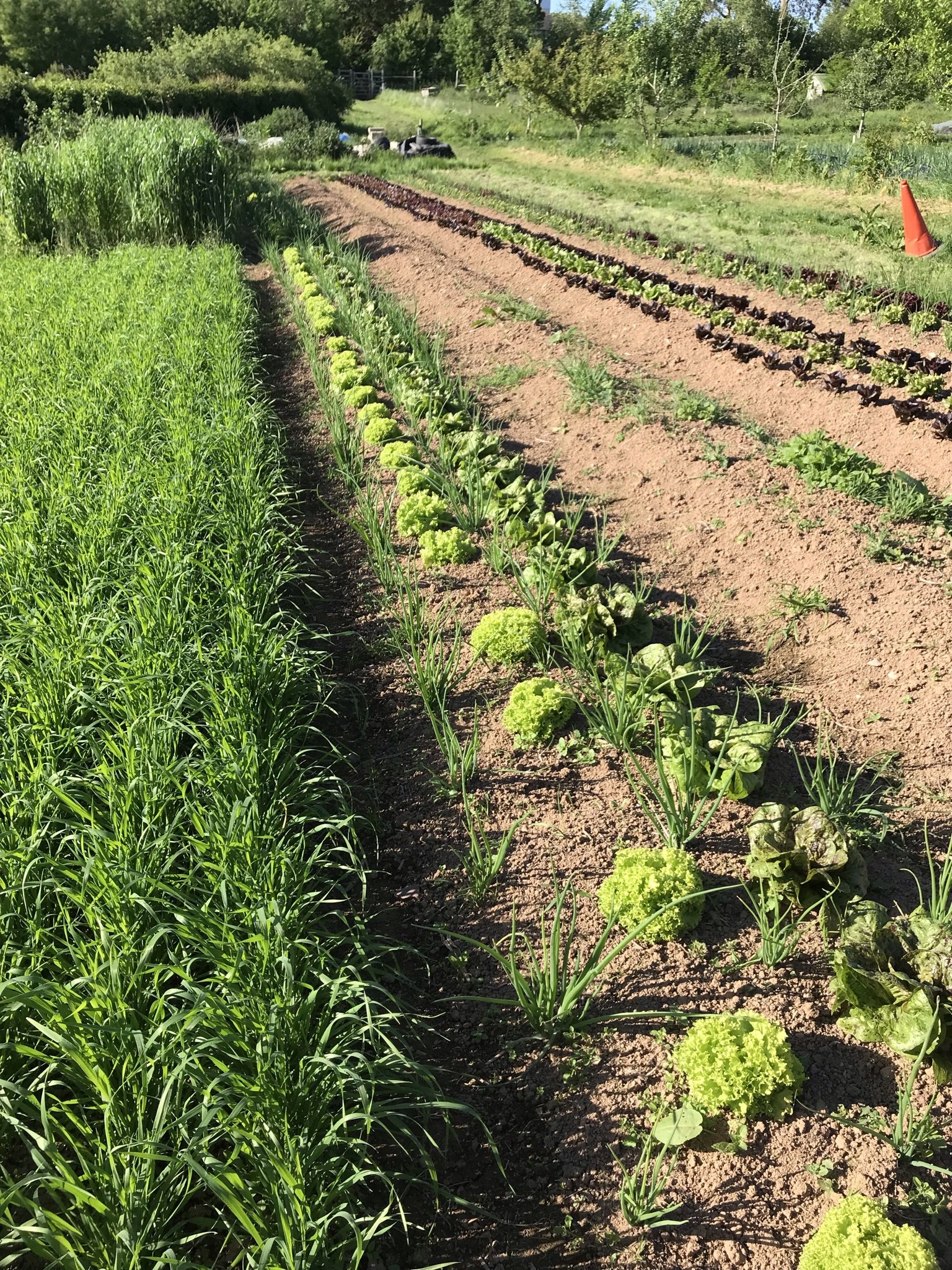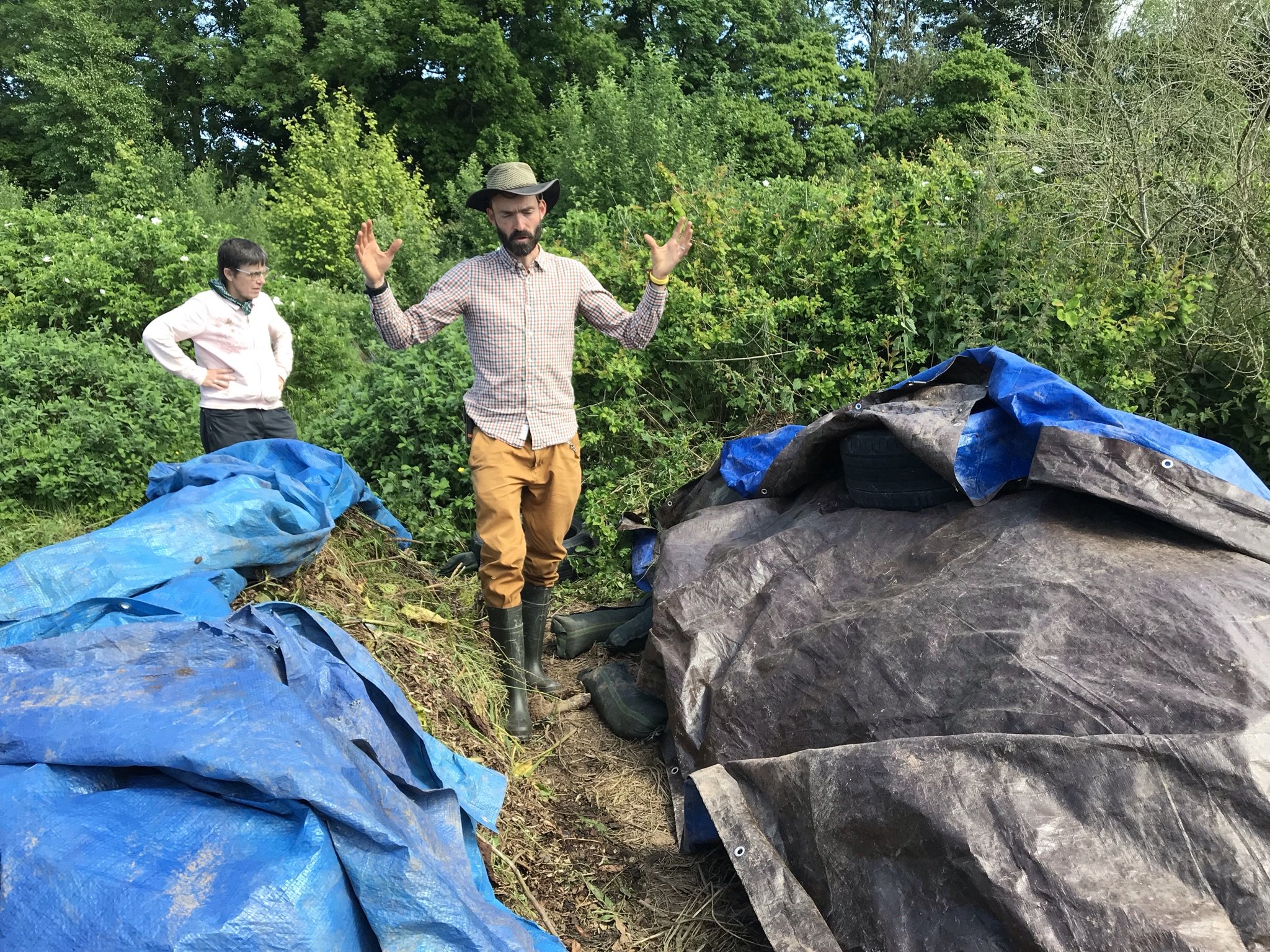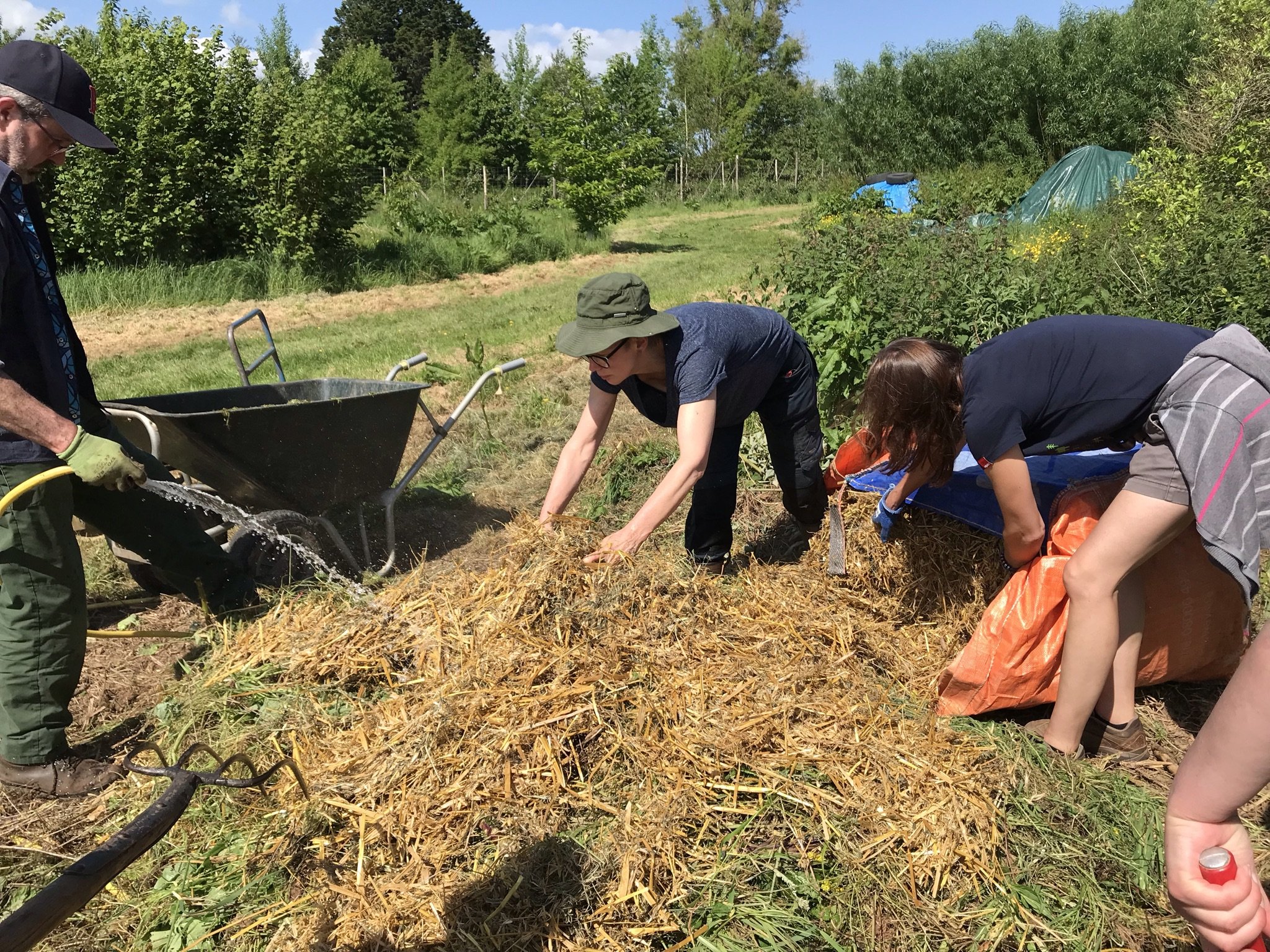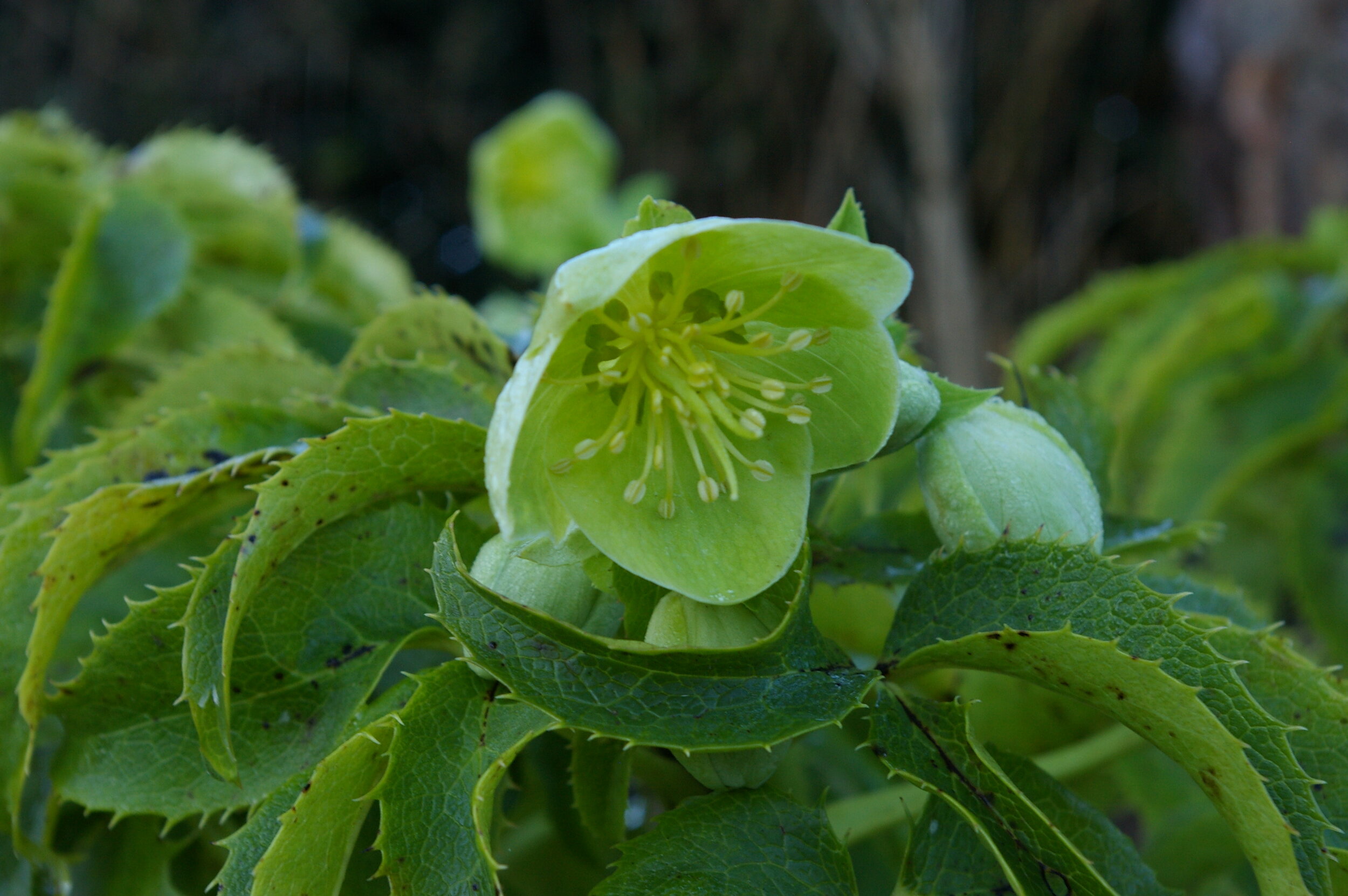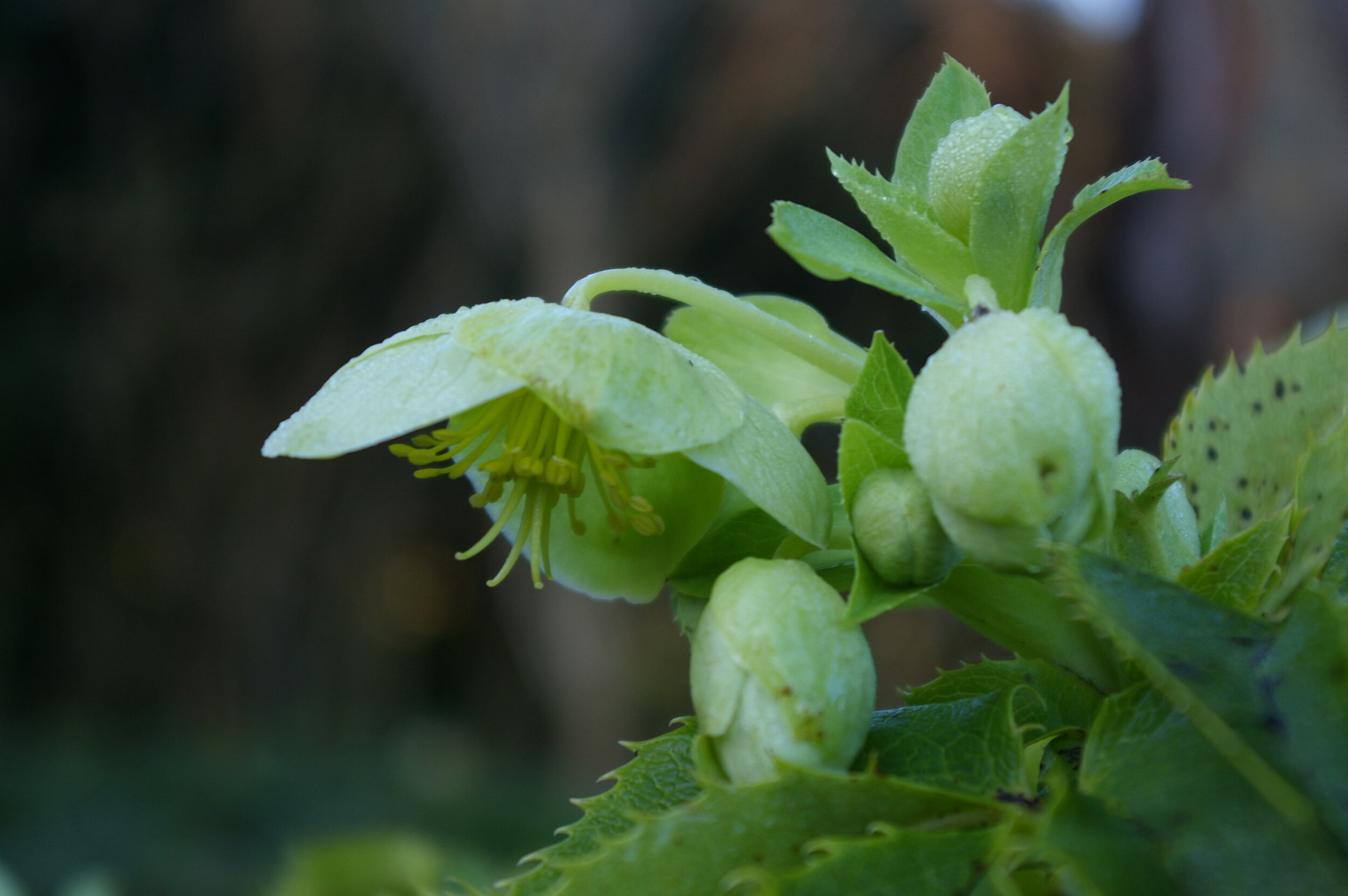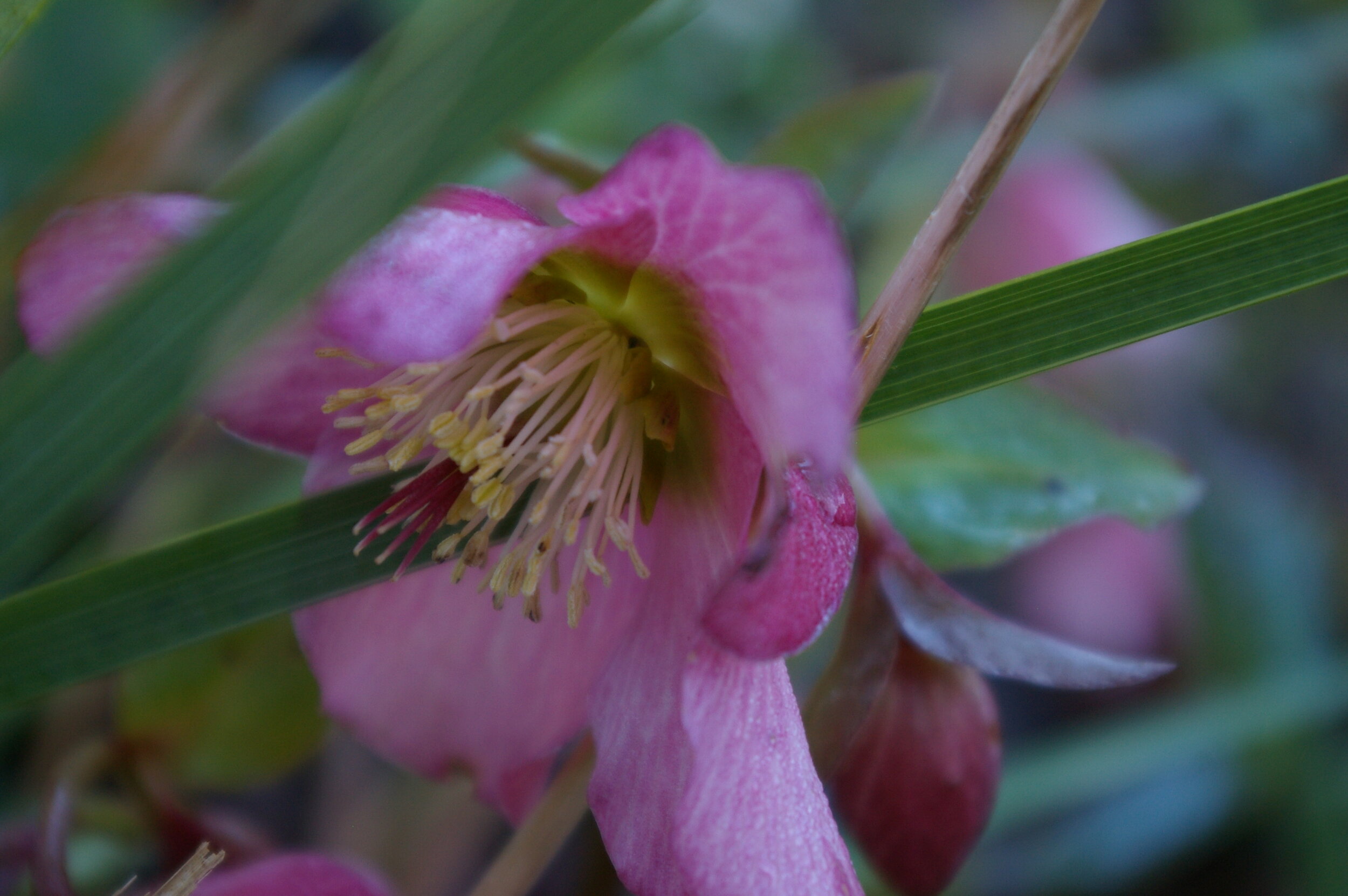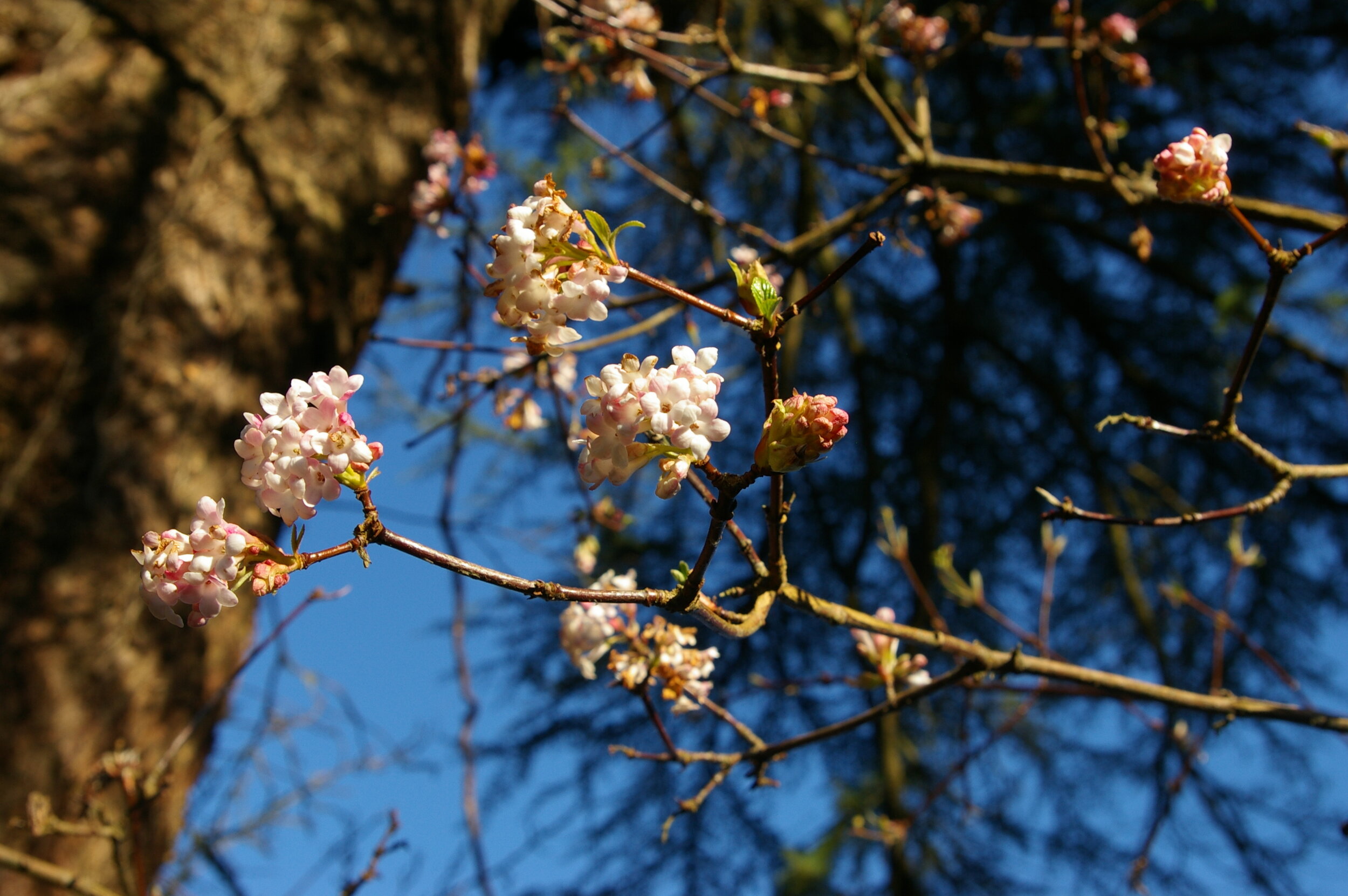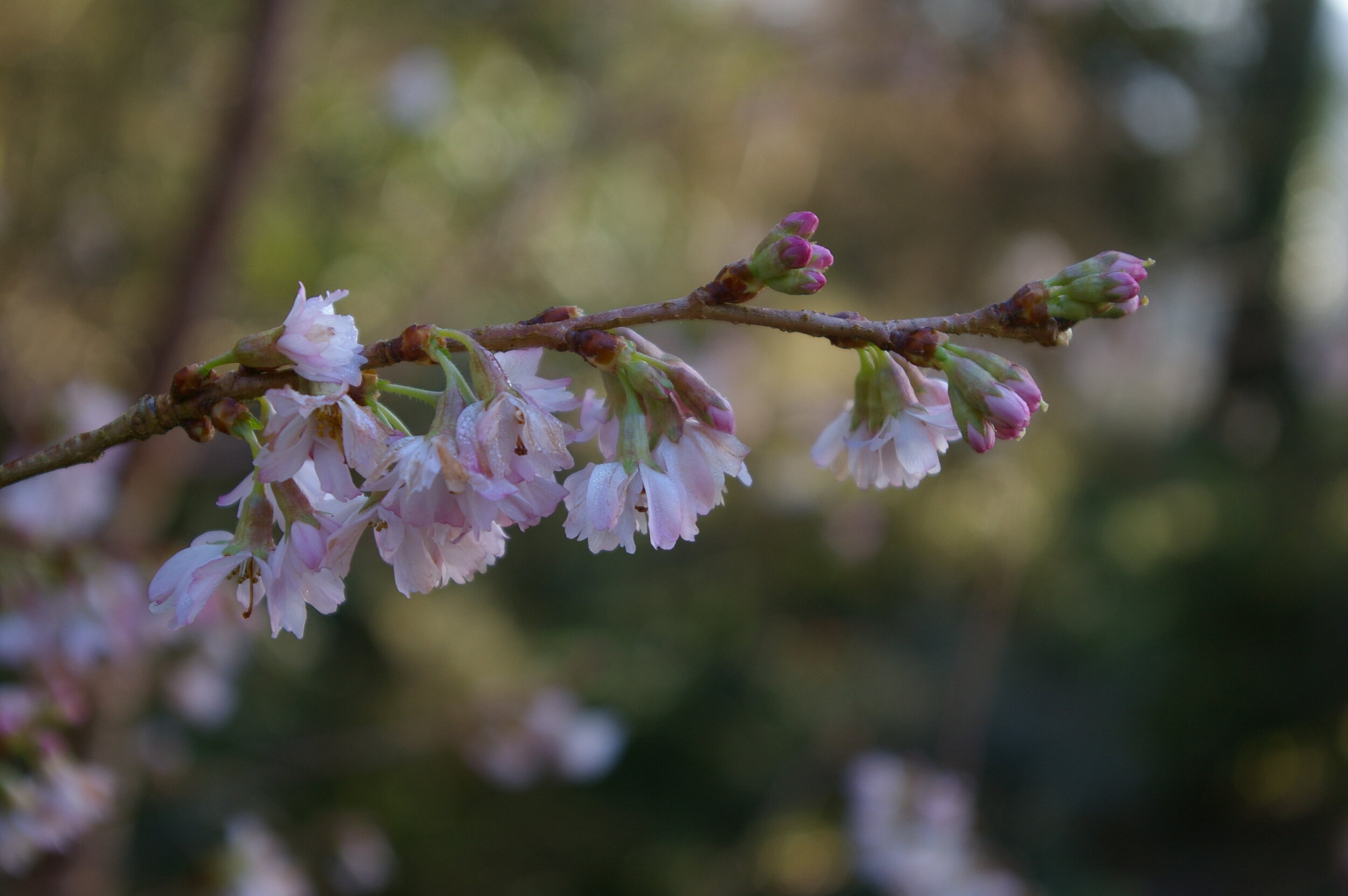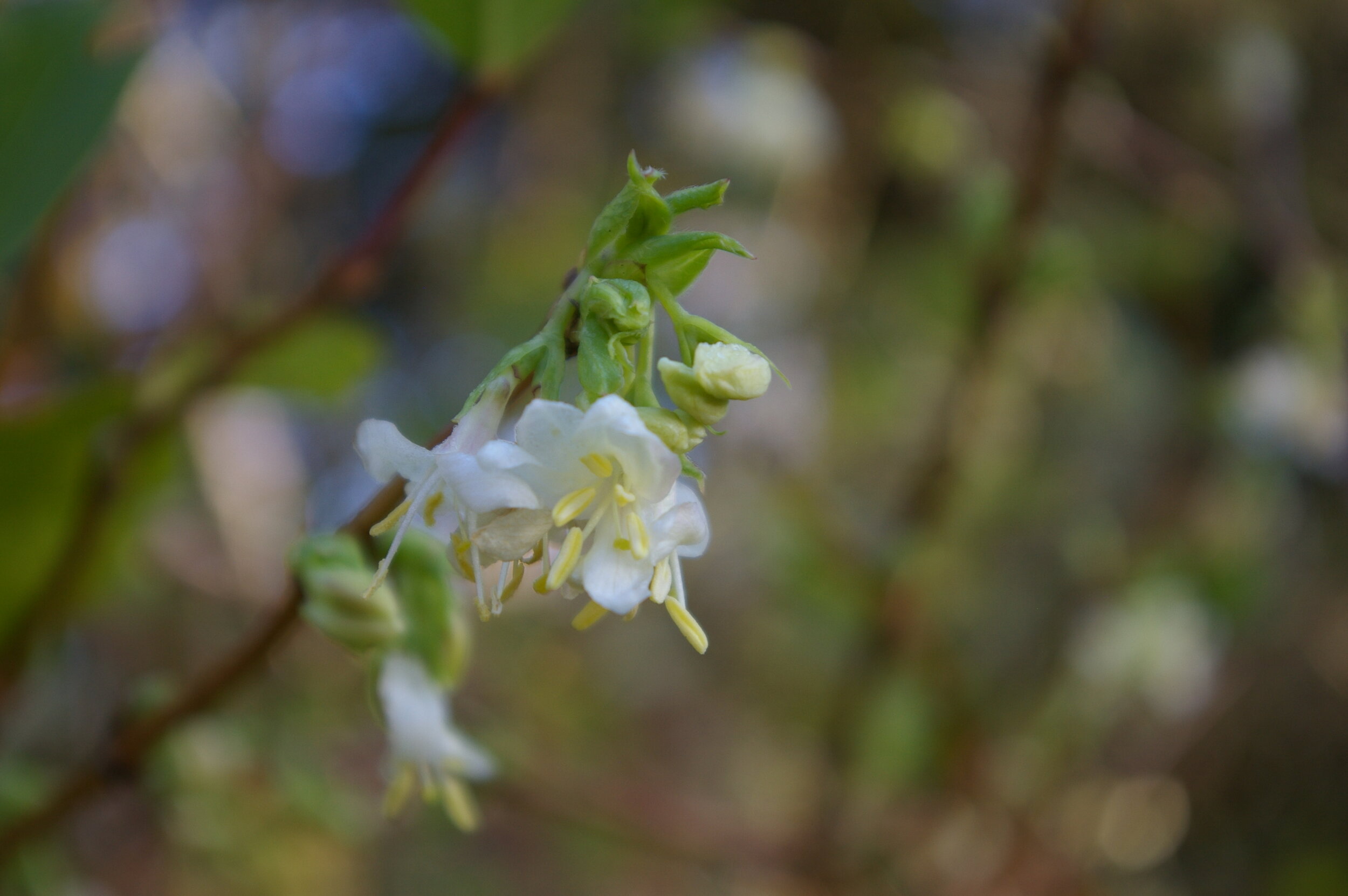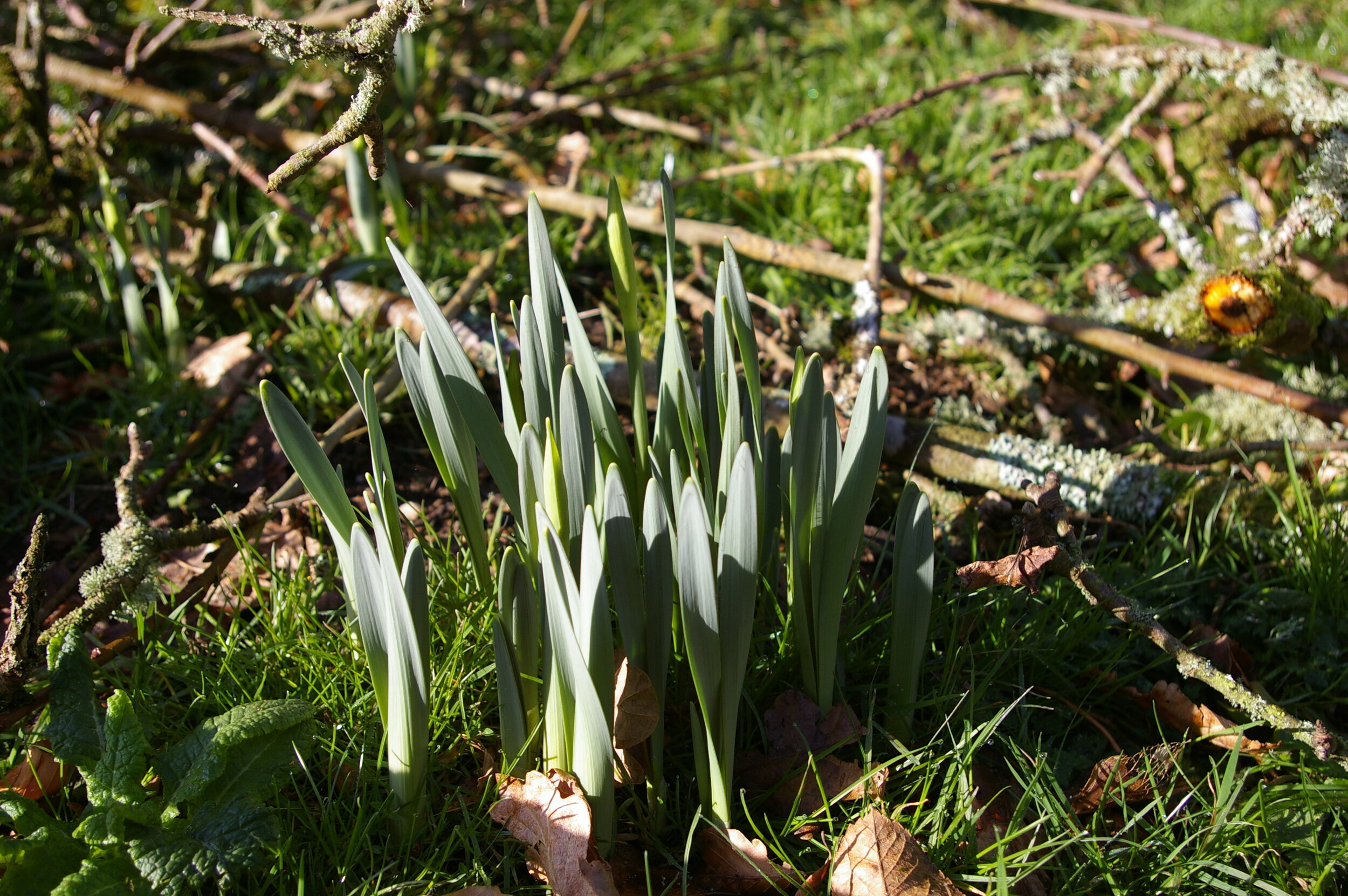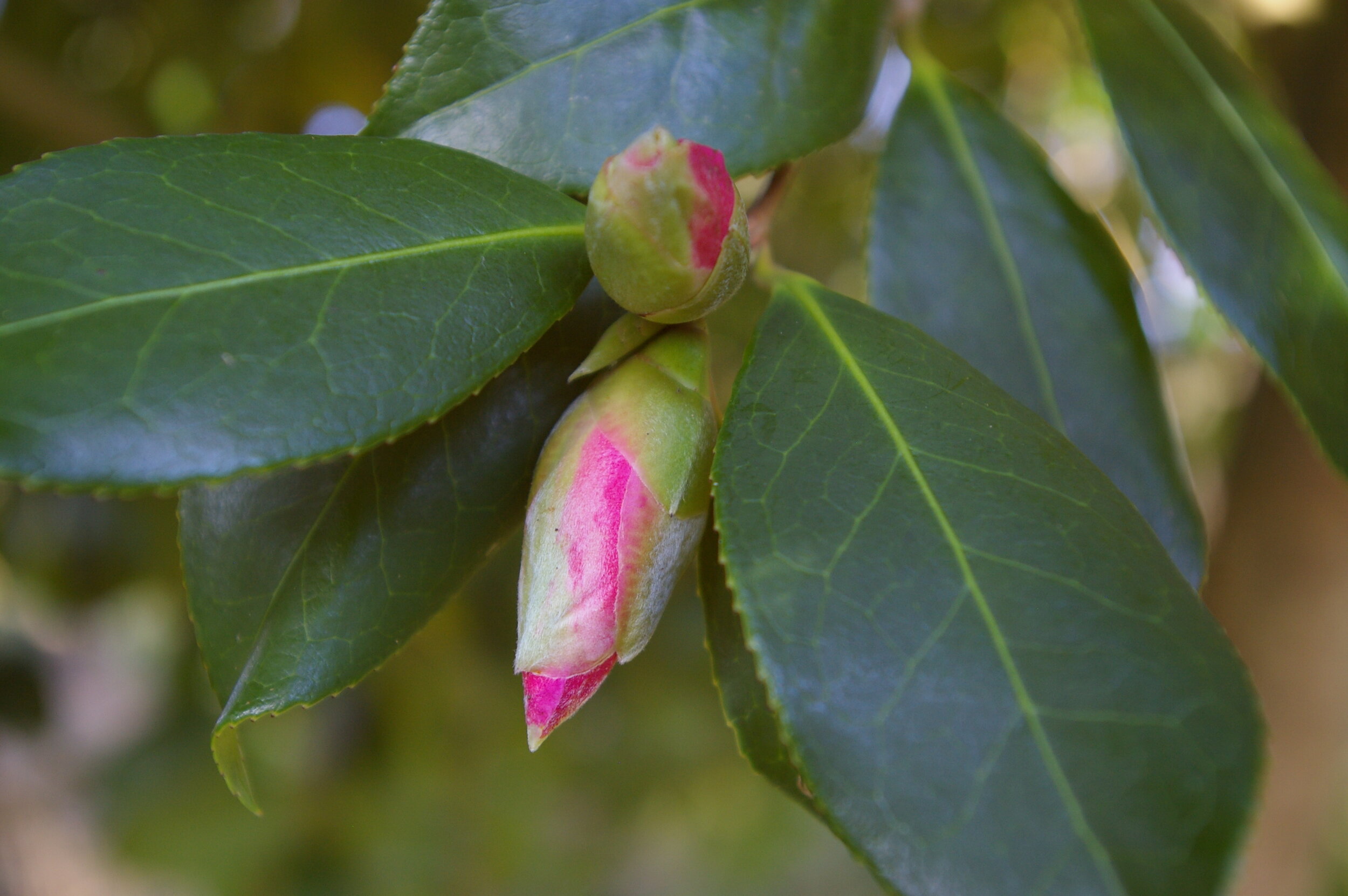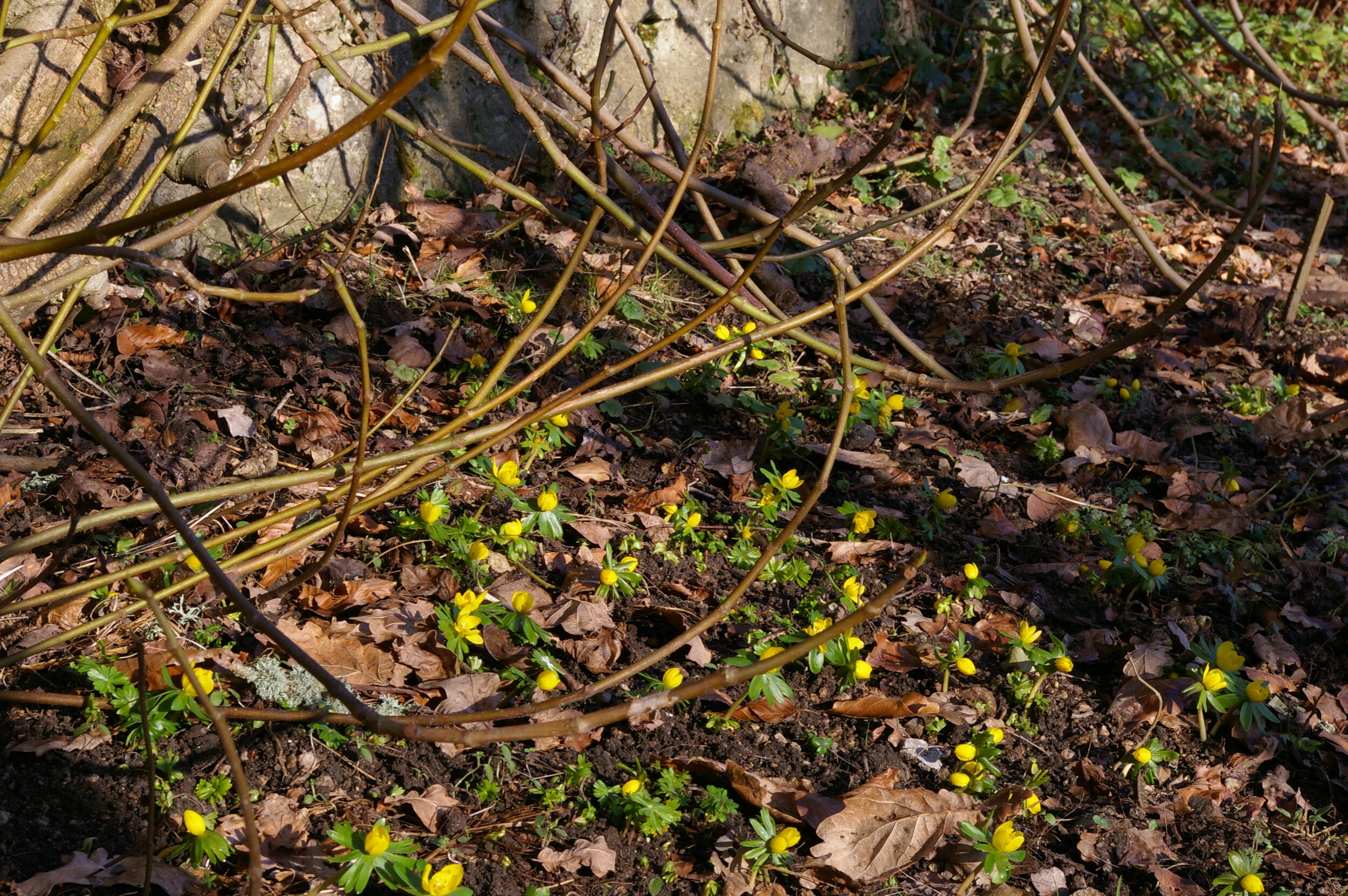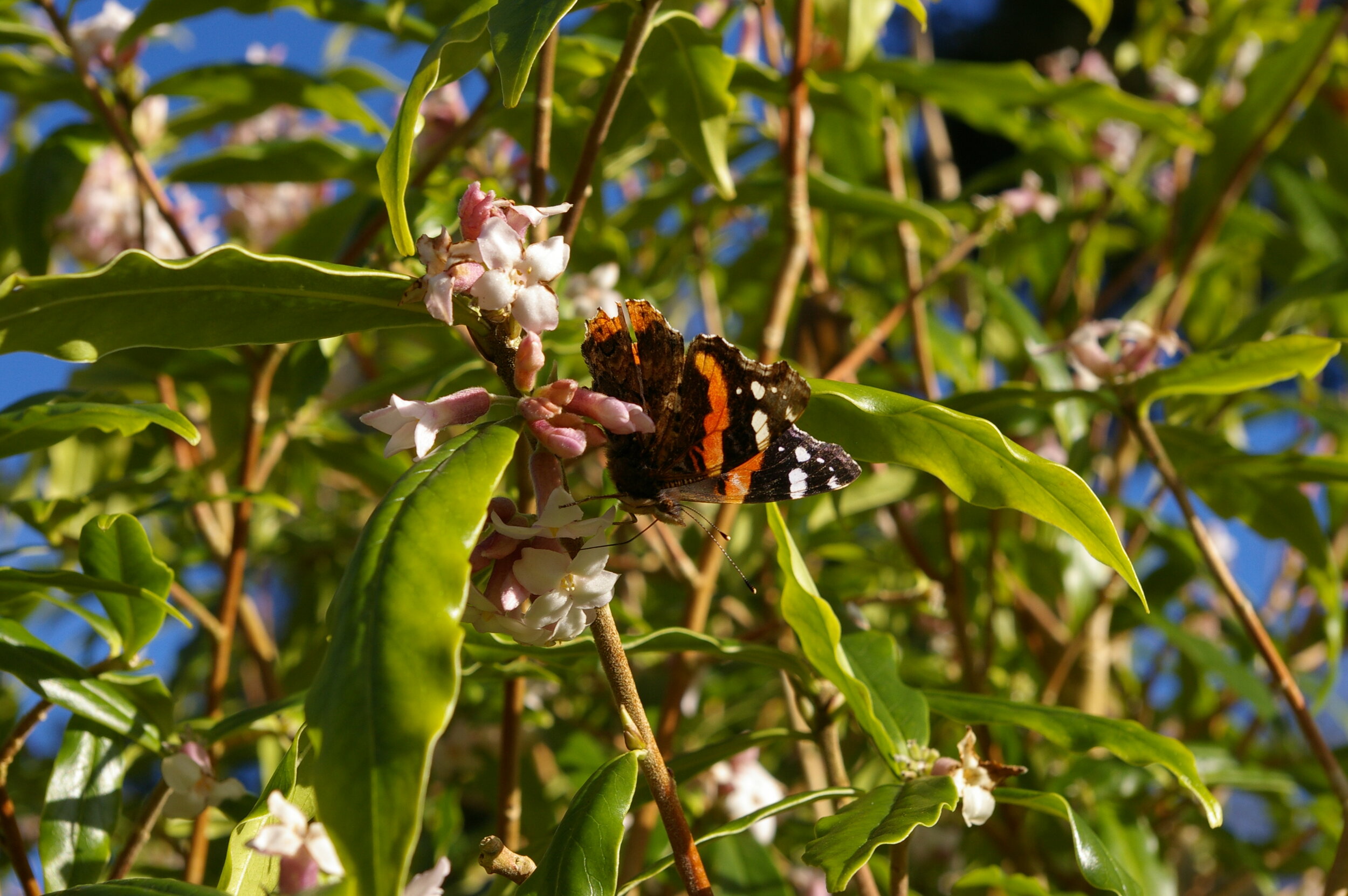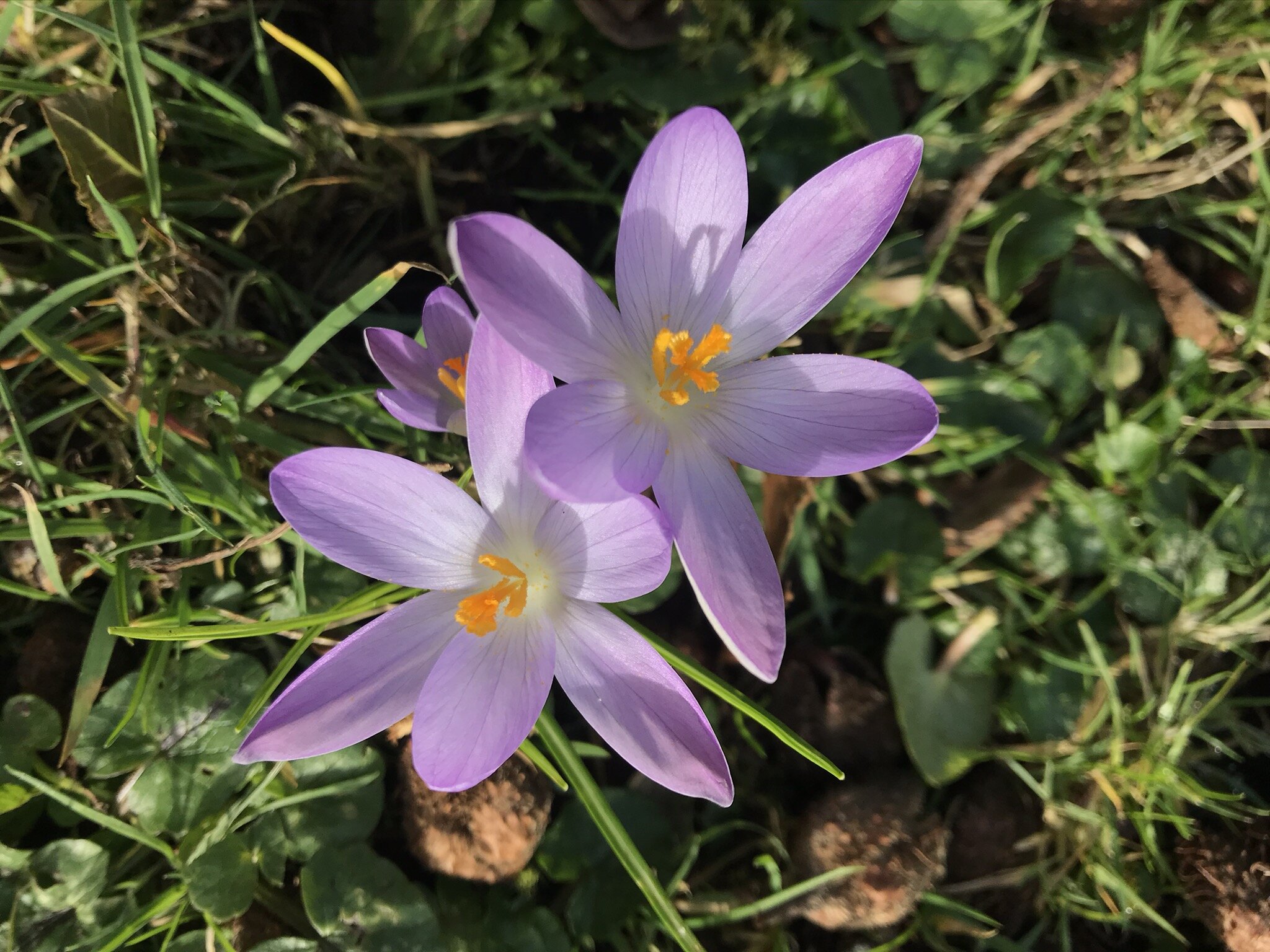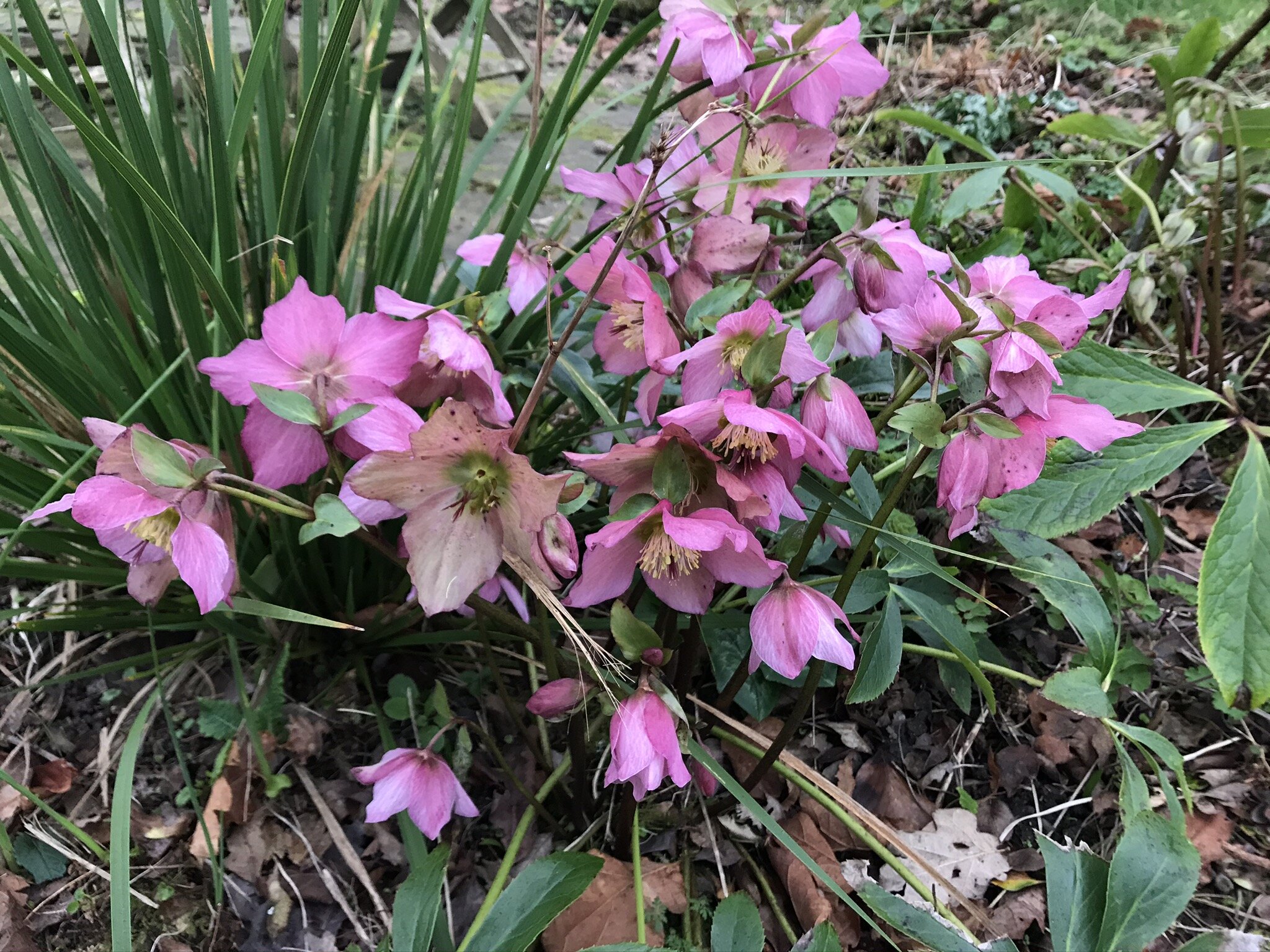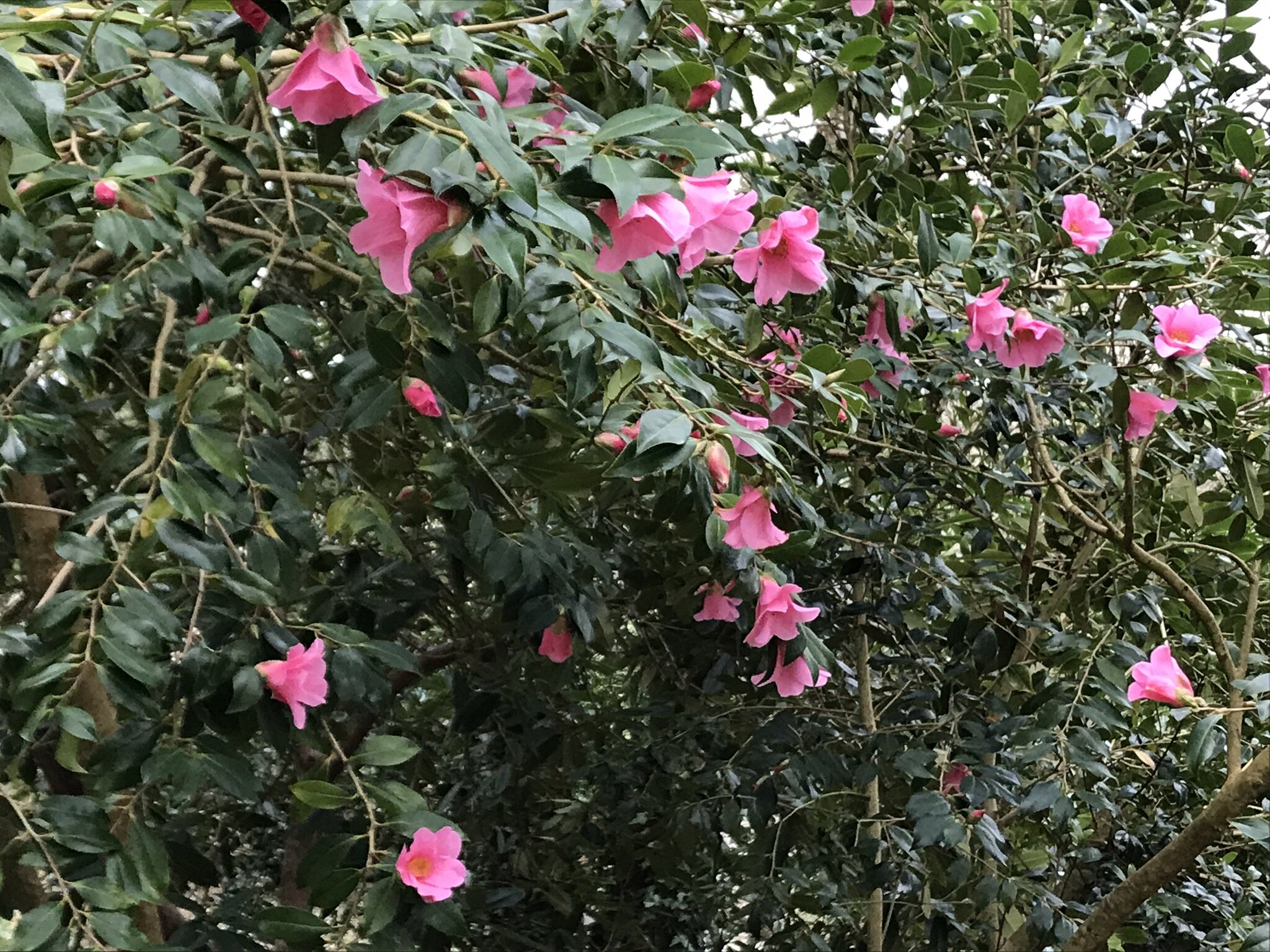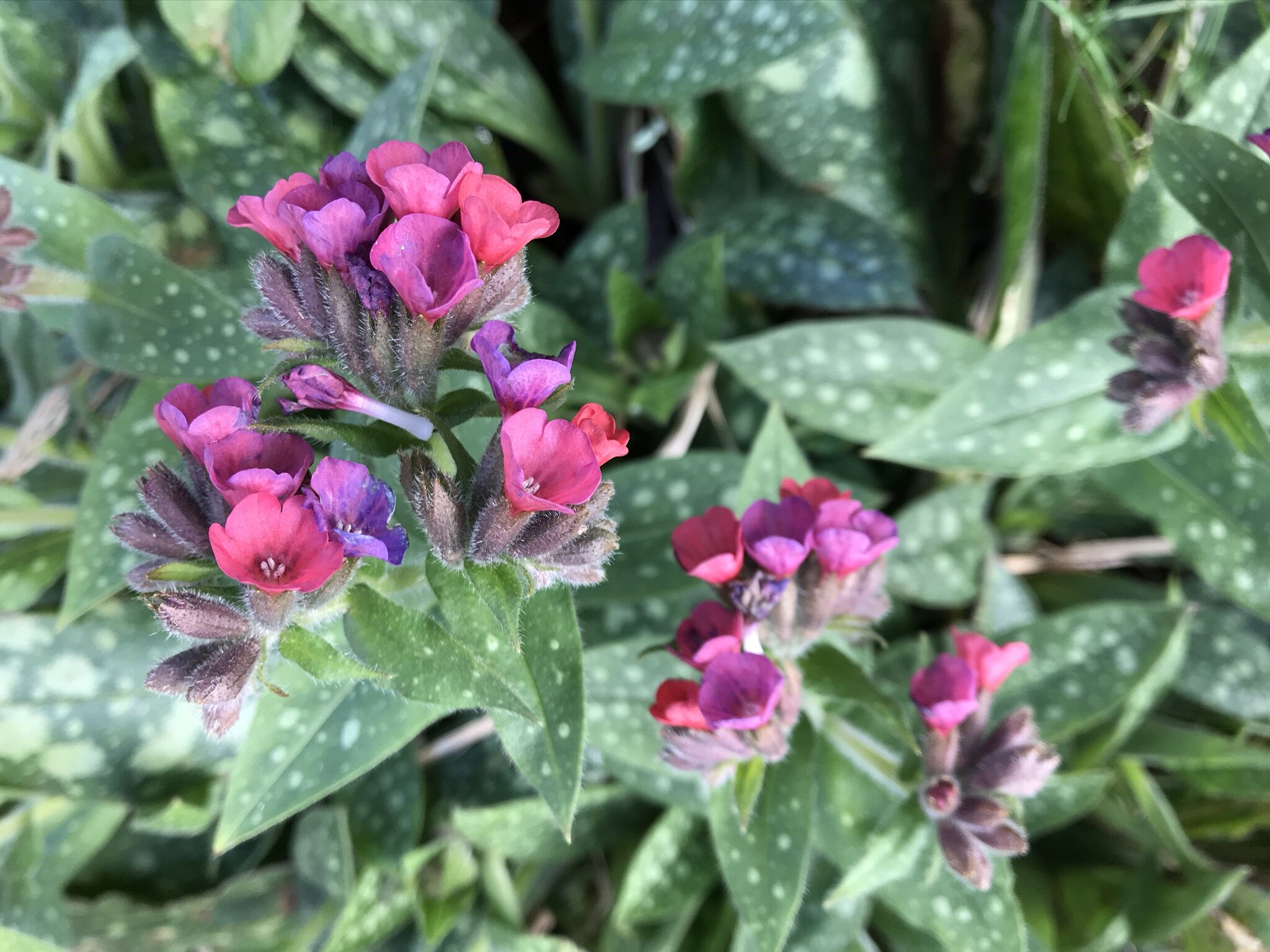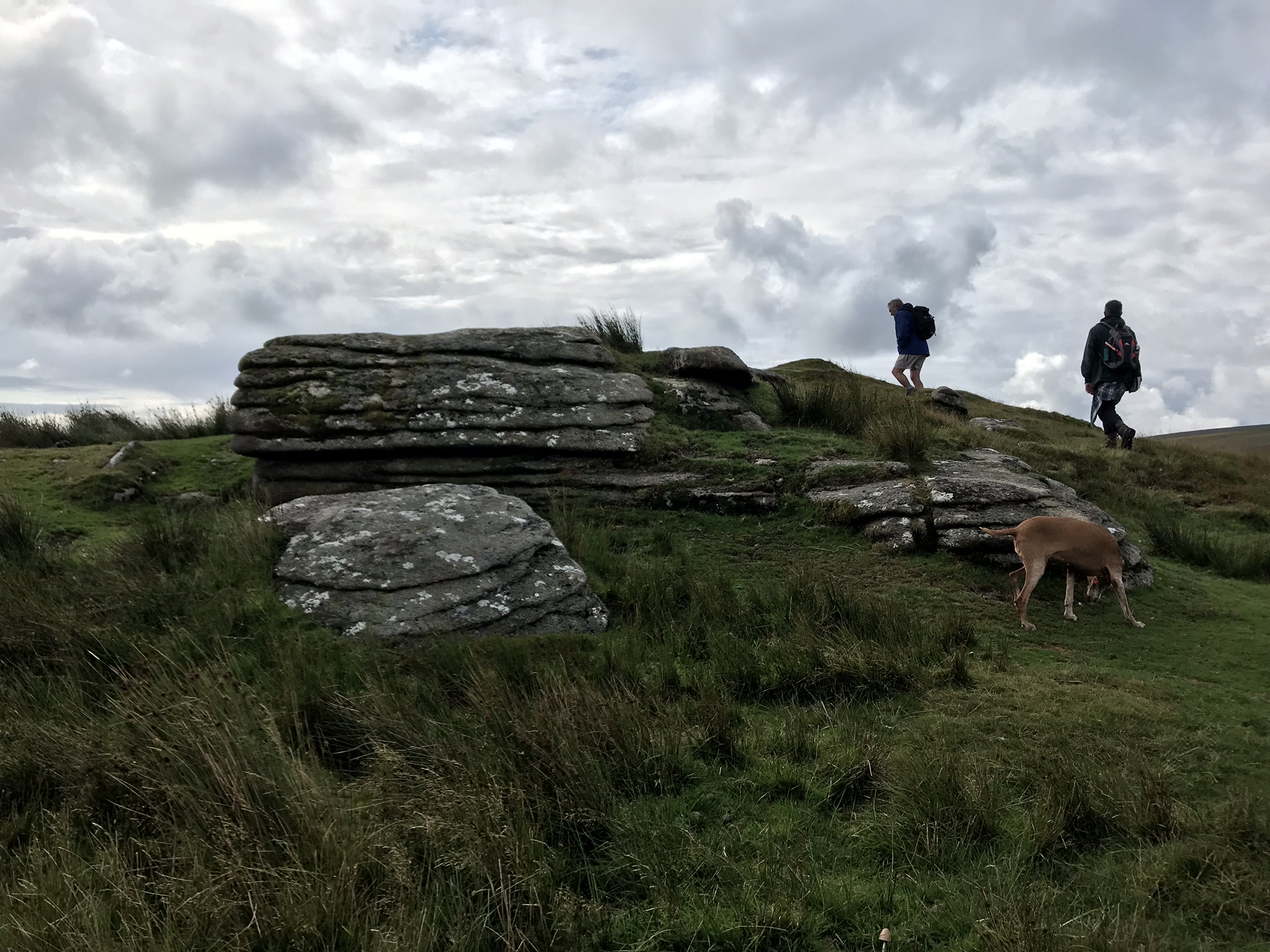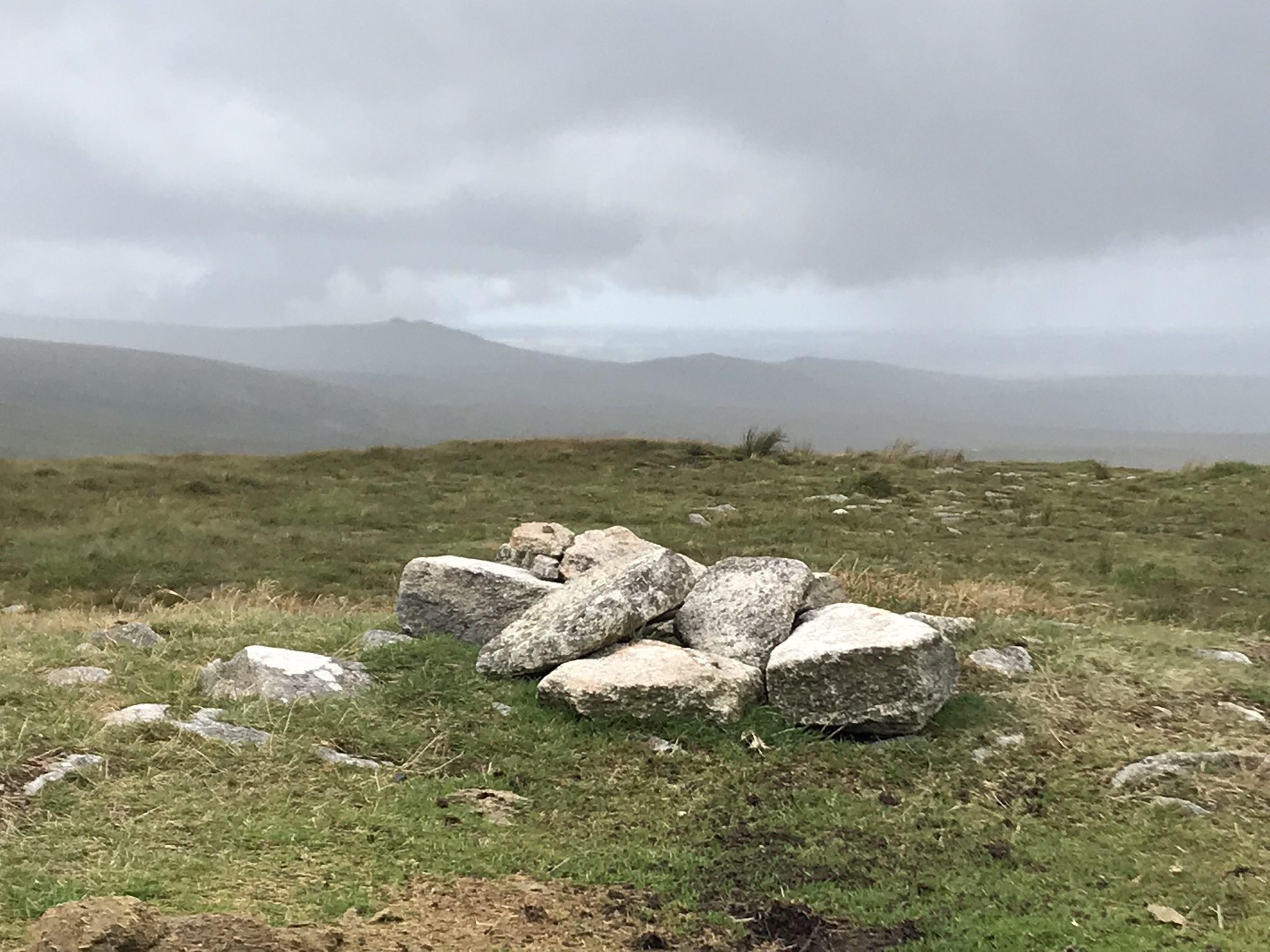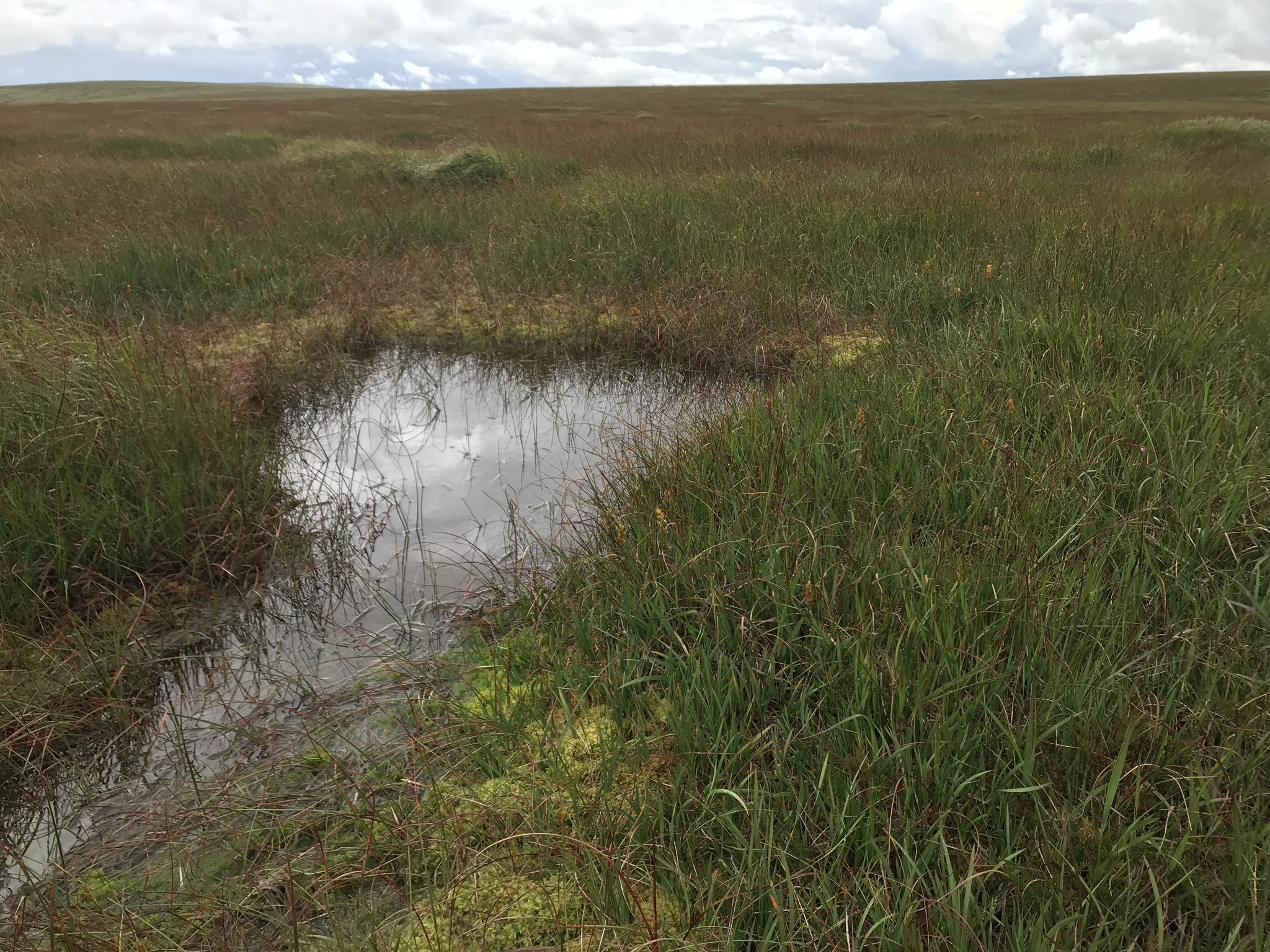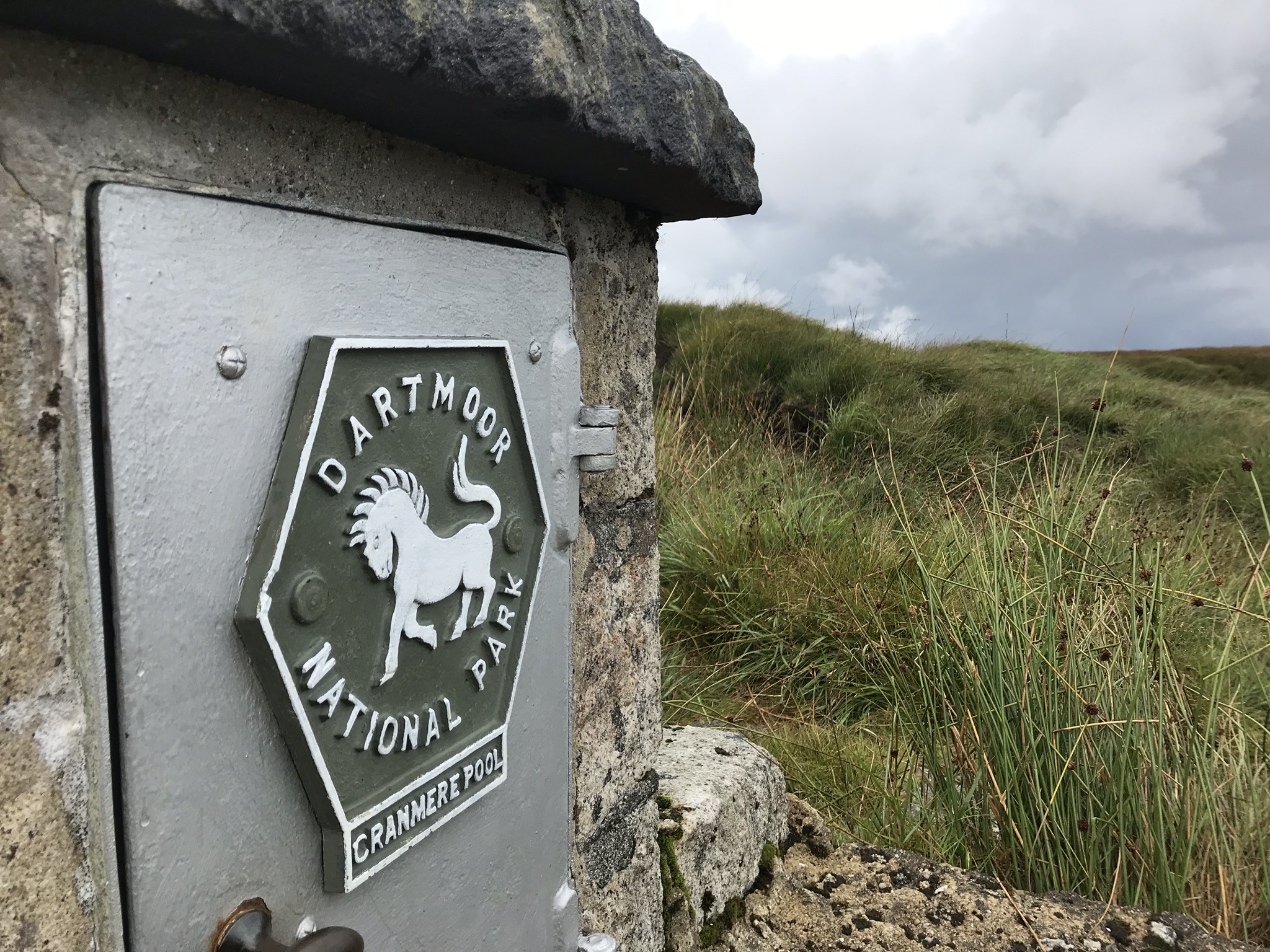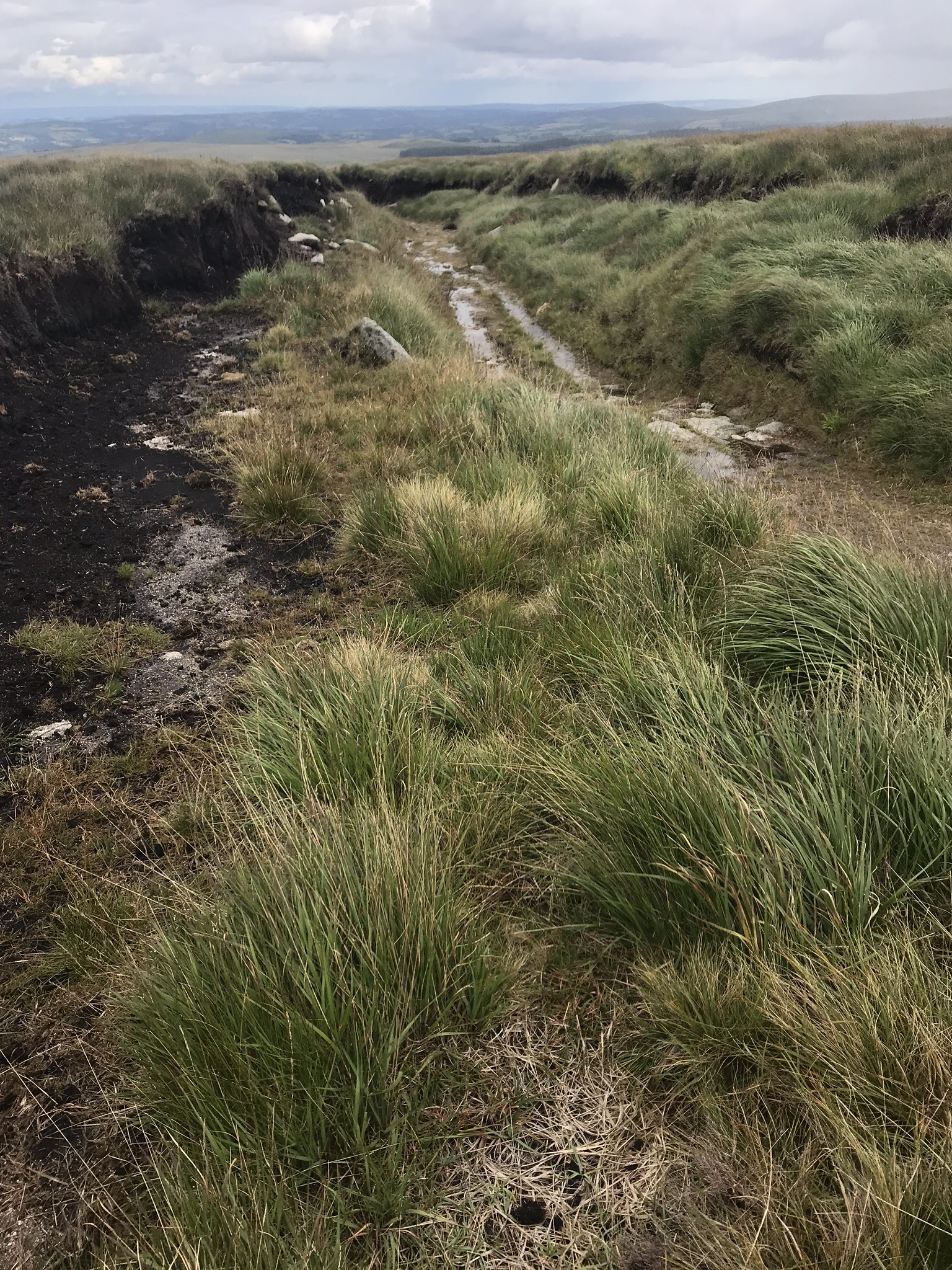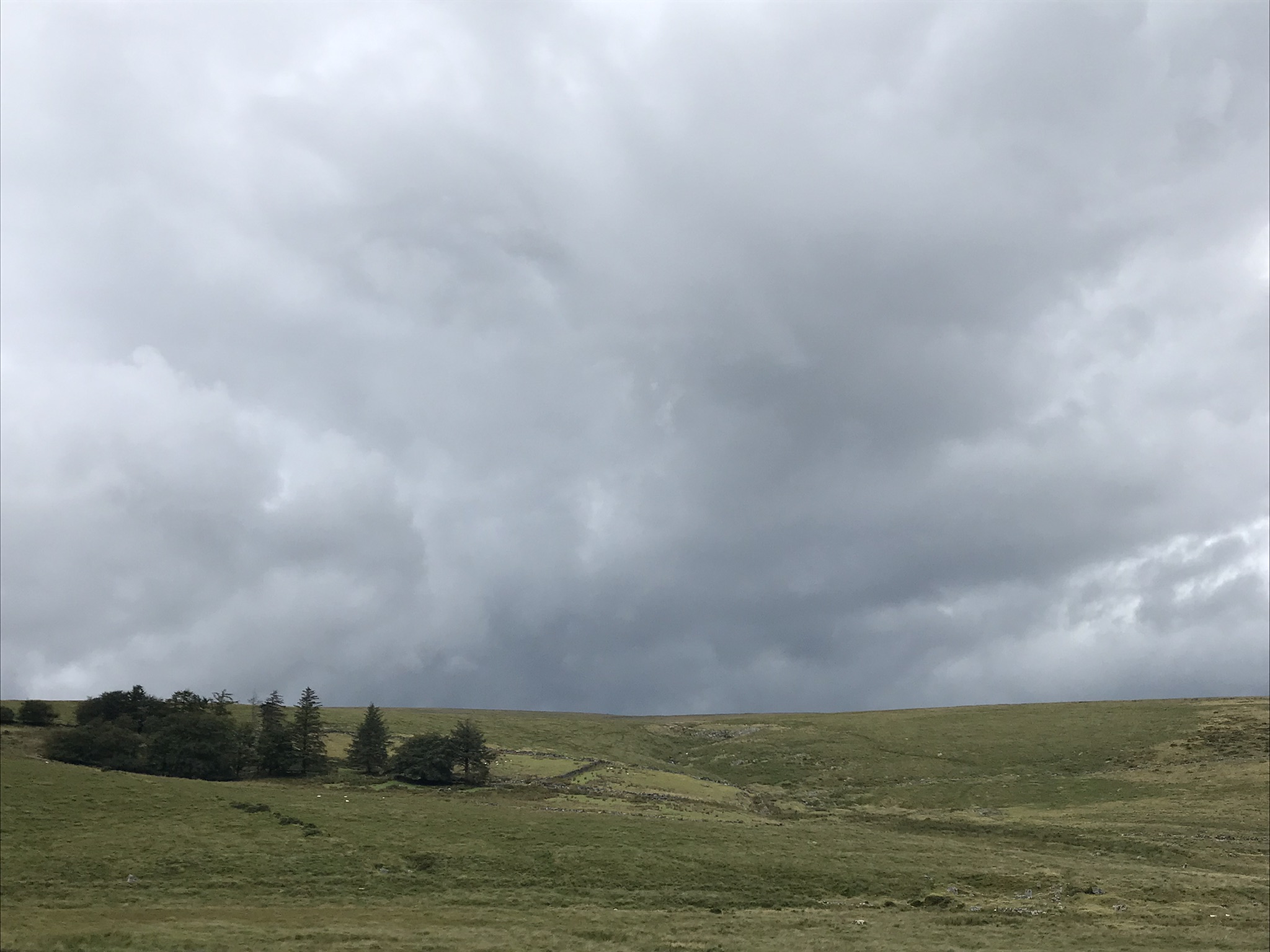Fully grown bracken, aka ‘fern’ or Pteridium aquilinium [Zeynel Cebeci, CC BY-SA 4.0, via Wikimedia Commons]
We have a lot of bracken (or ‘fern’ as locals call it) at St Olaves. It covers perhaps 40 per cent of the open hillside above the Teign in two main patches to the east and west. We have tried to stop it spreading, mainly by strimming its edges during early summer and then strimming again in late summer/early Autumn to prevent the build-up of dead matter from suffocating all other plant life (in the absence of any heavy grazing livestock to perform this role). We have taken the view that bracken is something to be tolerated because it’s an important habitat for many species including ground-breeding birds, silver-washed fritillary butterflies (and potentially other fritillaries), many species of moth, and as cover for myriad other animals of all sizes. However, we are aware that bracken is very vigorous and could easily colonise the whole of the hillside, crowding out other plants and creating a less diverse ecology in consequence. So, we have decided to up our management game to try to keep it in check, but NOT to eliminate it entirely (probably impossible anyway).
The main section of St Olaves hilside, taken August 2020. The expanding bracken banks are in the middle distance [Jon Lawrence, CC BY-SA 4.0]
Traditional wisdom is that bracken is best controlled by rolling it in late spring/early summer, just after its long fronds have fully unfurled (ideally with a second roll later in the season). This isn’t an option for us as the hillside is very steep (mostly 25-33%) and anyway we don’t have a tractor. However, local conservationists working to control bracken for the National Trust and the Dartmoor National Park report that in comparative experiments they have recently achieved better results by strimming the bracken in two waves rather than by using the traditional rolling method. They advise strimming the bracken to the ground just as it has fully unfurled (usually in early May), and again when it has regrown to the same height. The theory is that this significantly weakens the underground rhizome that sustains the plant, reducing its vigour and potentially preventing it from colonising further land. We won’t use this method for the whole area of bracken, but rather for its margins and for a few sensitive areas where the bracken is competing with other native plants that are much rarer. In fact, in these areas I have decided to run my own experiment by pulling the bracken fronds by hand – thereby removing a substantial section of the underground frond as well as the green shoot (usually this underground section is c. 10-15cm in length and dark black-brown in colour). It would be impractical (and back-breaking) to do this for the whole hillside, but quite possible in these small, sensitive areas.
Hand-pulled bracken fronds between newly sprouting bracken, St Olaves, April 2024 [Jon Lawrence, CC BY-SA 4.0]
It will be interesting to see how this experiment works out over the next few years. Does pulling bracken weaken the plant more than strimming it if both are done at the same time and on the same two-hit cycle? We’ll report on this in due course, but right now the bracken is starting to shoot so I’d better get back to work…
JL
29-4-24






